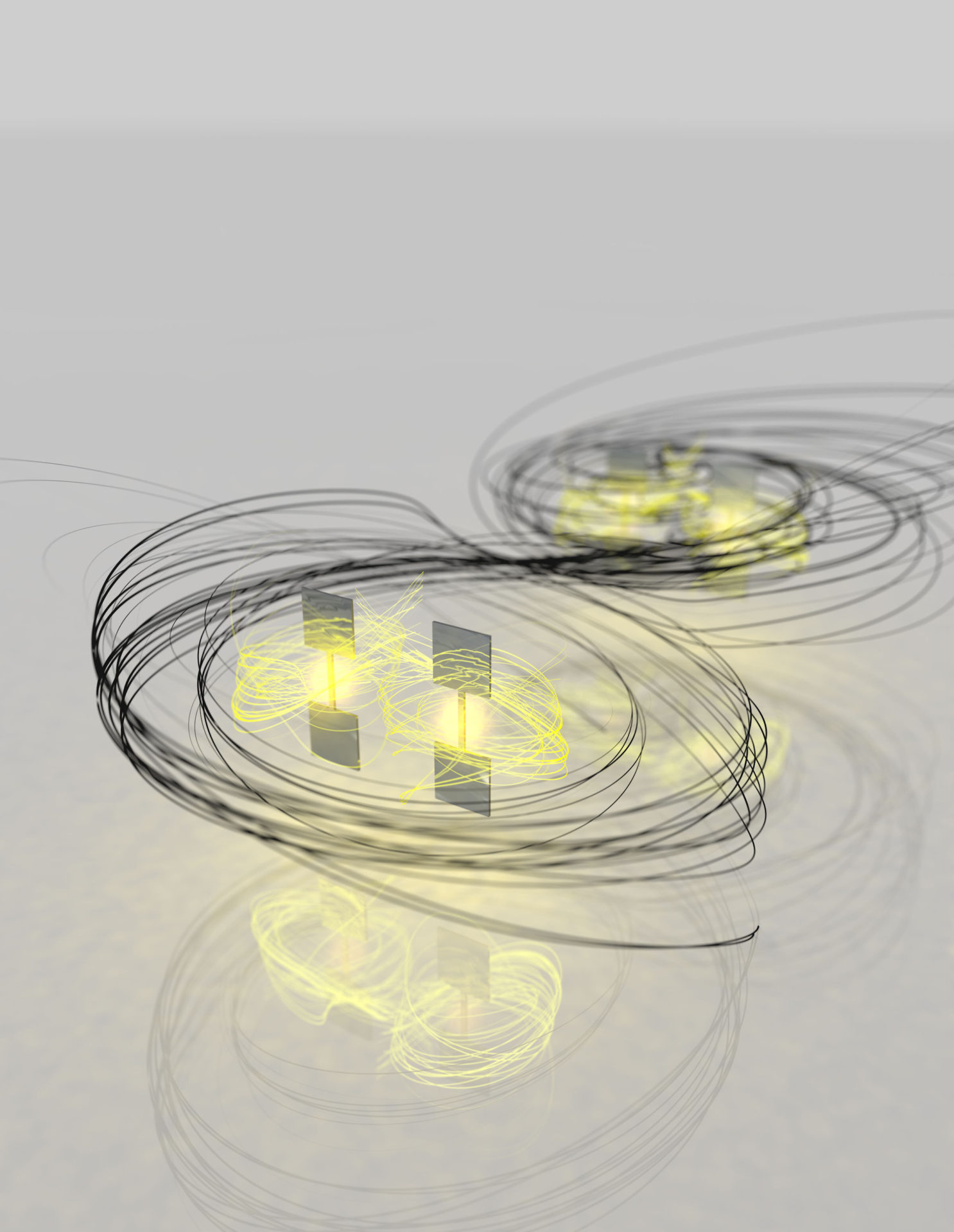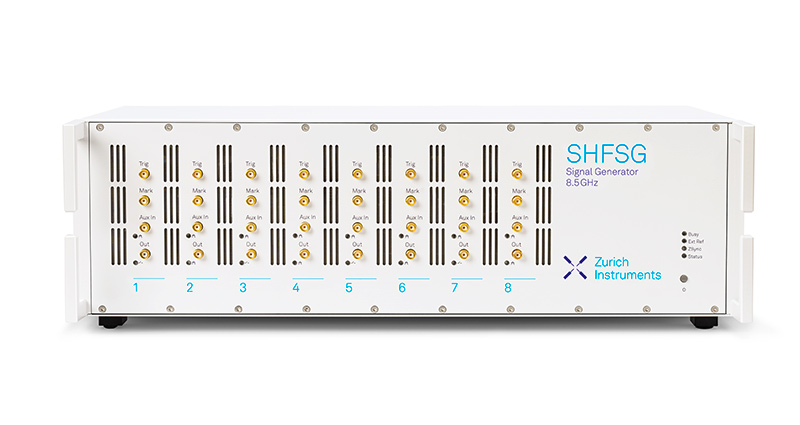Scientists have developed a groundbreaking technique that makes previously inaccessible properties in quantum systems measurable. This new approach to determining quantum states in quantum simulators significantly reduces the number of measurements required, making work with these systems considerably more efficient.
In the near future, next-generation quantum simulators could offer insights beyond the capabilities of conventional supercomputers. These quantum devices can process vast amounts of information by quantum mechanically superimposing an enormous number of bit states. However, this same quality creates challenges in extracting information from the quantum simulator.
The traditional method for reading quantum states, known as quantum state tomography, requires numerous individual measurements. As Christian Kokail from Peter Zoller’s team at the University of Innsbruck explains, “Each measurement provides a ‘cross-sectional image’ of the quantum state,” which must be combined to reveal the complete quantum state. Unfortunately, the required measurements increase exponentially with the number of qubits, making the process extremely resource-intensive.
The breakthrough from the Innsbruck researchers draws on quantum field theory to perform quantum state tomography much more efficiently. “The fascinating thing is that it was not at all clear from the outset that the predictions from quantum field theory could be applied to our quantum simulation experiments,” notes theoretical physicist Rick van Bijnen. Their approach uses quantum field theory to establish a basic framework of the quantum state, requiring only a few additional measurements to complete the details.
The team has developed a measurement protocol that drastically reduces the number of required measurements while simultaneously providing new insights into quantum state structure. When tested with experimental data from an ion trap quantum simulator led by Rainer Blatt and Christian Roos, the researchers were able to observe previously unmeasurable properties of quantum states.
To verify their results, the team employs a verification protocol developed with Andreas Elben and Benoit Vermersch. This protocol checks whether the quantum state structure aligns with quantum field theory expectations, alerting researchers if discrepancies arise. Currently, Peter Zoller’s team is developing quantum protocols where the quantum state’s basic framework is implemented directly on the quantum simulator rather than stored on a classical computer.
Reference: Christian Kokail, Rick van Bijnen, Andreas Elben, Benoît Vermersch, Peter Zoller. Entanglement Hamiltonian tomography in quantum simulation. Nature Physics, 2021; DOI: 10.1038/s41567-021-01260-w




